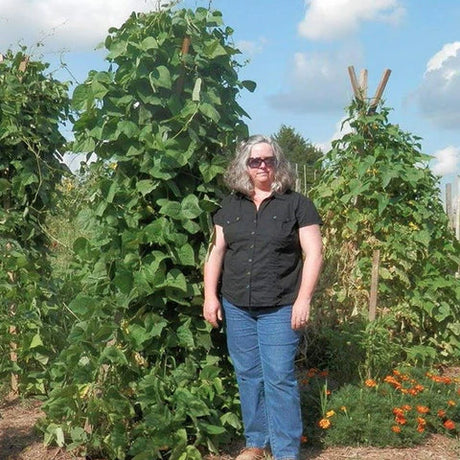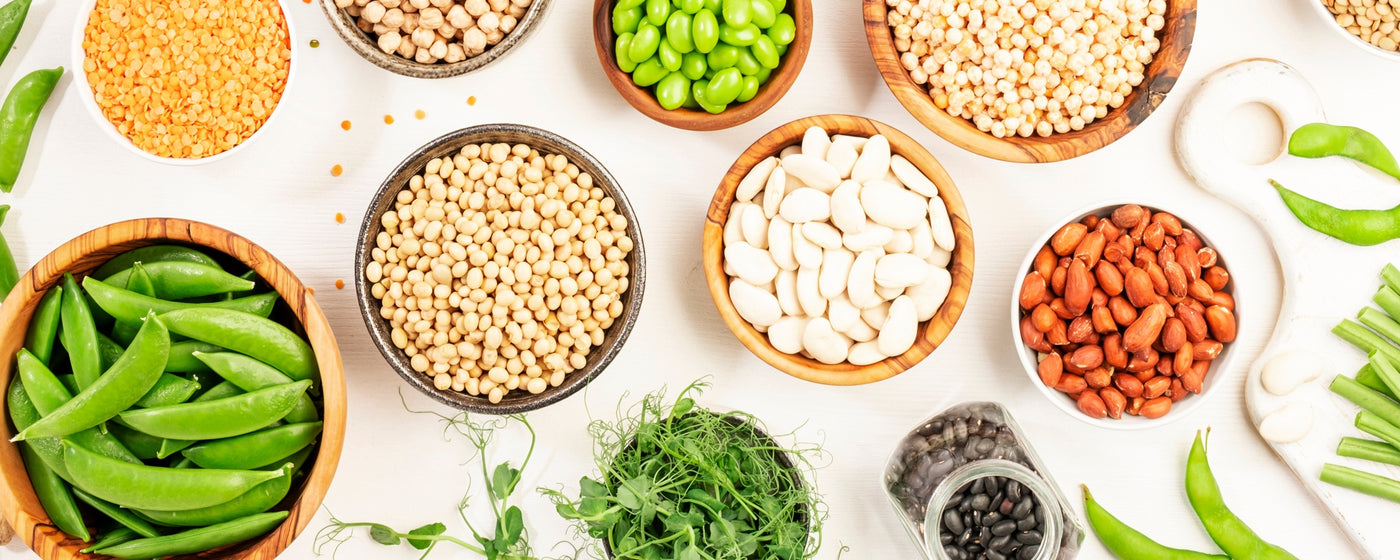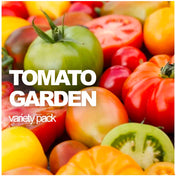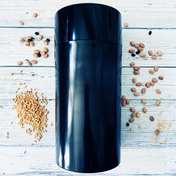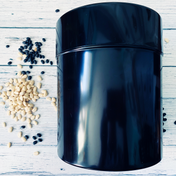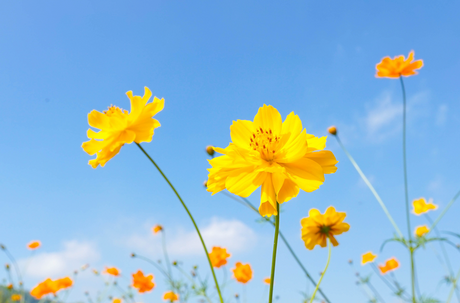This section will make more sense if you read the Intro to Composting section first.
The building of a pile has several steps:
- Gather the needed amounts of green and brown composting materials with the 30:1 carbon to nitrogen ration in mind. If necessary, cut or chop your materials into small pieces. Keep your greens and browns separate at this point.

Remember that you want to build a pile that is at least 1 m (3 feet) on a side.
- On the location where you plan to compost, place two layers of sticks at right angles to each other. The sticks will increase air movement into the pile.
- Start building your pile using alternating thin layers of green and brown materials. As you add each layer, try to mix it with the last layer using a spade or spading fork.
- Every 30 cm (12 in) or so, water the new layers thoroughly.
- Let the pile sit for a 1-2 weeks. It should get warm or even hot to the touch, and should start to shrink. What happens next depends on how much work you want to do. If you want to use your compost soon, proceed to step 6. If not, just let it sit – bacteria will continue to feed for as long as you let the pile sit, though the process of composting will slow down very much after a few weeks.
- If you want to “finish” your compost quickly, you should “turn” the pile after its first 1-2 weeks. Many gardeners turn their piles by using a spade or spading fork (see tools) to move the pile a piece at a time into a new location right next to the old one. In the process, they mix the pile up and let air into the center of the pile. If the pile has dried out, water it in stages as you turn it.
- If you have turned your pile, it will probably get hot again and should continue to shrink. After another 1-2 weeks, you can turn the pile again as described above.
- After the second turning, wait 1-2 more weeks, and your compost should be “finished.” Finished compost should look more or less like soil, with few or no recognizable pieces of the materials you started with. If your compost doesn’t seem finished, even after two turnings, you may have started with too little green material (a common problem), let the pile dry out too much, or created too large or too small a pile.
Gardeners who compost a lot and like to keep things tidy sometimes have three bins right next to each other. A pile is started in bin 1, turned into bin 2 after a week or so, turned into bin 3 after another week, and then spread in the garden after one more week. All three bins can be filled at once with compost in various stages of formation.

Composting is a great way to recycle unwanted items and trash by creating them into a nutrient rich soil...but think before you toss! When you add items from the list above, you'll create an unhealthy environment for your compost bin. You'll end up with a stinky, "over-heated" compost that will most likely even attract animals you don't want in your yard/garden. Plus, keeping toxic items out of the soil you plan on growing food in is always of importance!


















